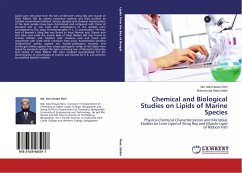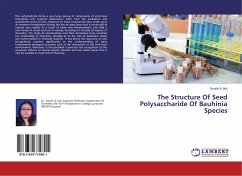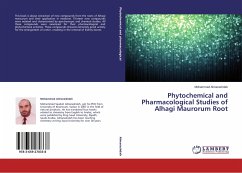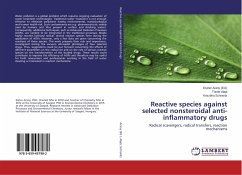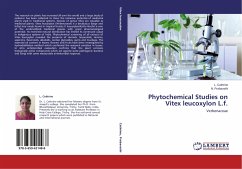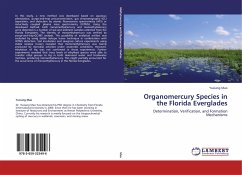Goniothalamus uvarioides and Goniothalamus velutinus belonging to the Annonaceae family have been used in traditional medicine for the treatment of giddy, injury, diarrhea, aphrodisiac, body pain, cold, stomachache, swollen, headache, food poisoning, to maintain body health and as mosquito repellent. The phytochemical studies of G. uvarioides and G. velutinus were carried out. Two alkaloids, one styryllactone (styrylhydropyrone) and two flavonoids have been isolated. These compounds were characterized by spectroscopic analysis, chemical methods and by comparison with the published and data. The identified compounds were velutinum, aristolactam-BII from G. velutinus, and pinocembrin, goniothalamin as well as 5,7,4'-trihydroxyflavanone (naringenin) from G. uvarioides. Compound S4 presented LD50 lower than 100 ppm while compound S5 showed LD50 lower than 10 ppm against Artemia salina. In addition, compound S5 displayed potent antibacterial activity towards Gram positive bacteria tested in the study.
Bitte wählen Sie Ihr Anliegen aus.
Rechnungen
Retourenschein anfordern
Bestellstatus
Storno


